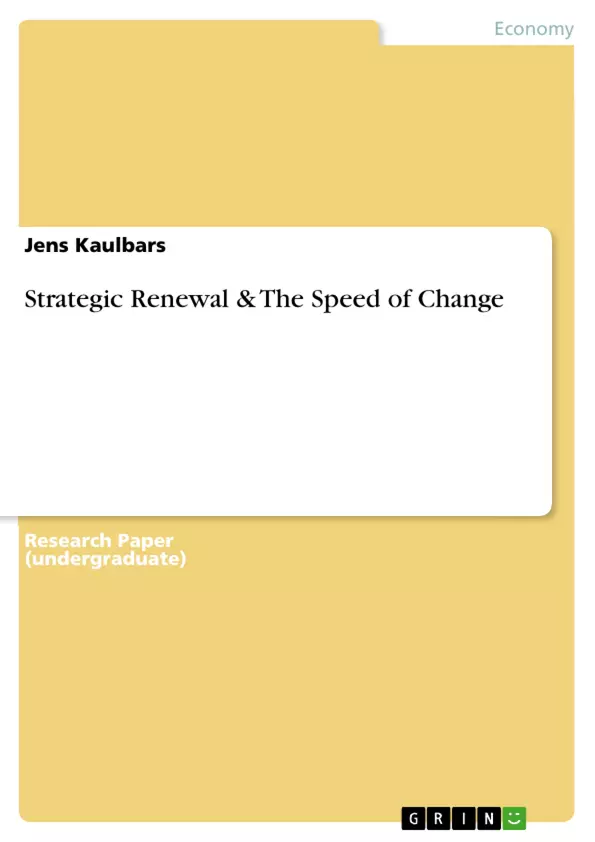People change, organisations change, whole industries change. This fact can be clearly observed in all aspects of human life. Only a few weeks ago the author communicated with an employee of Thomas Cook, one of the largest tour operators of the world, and expressed his bewilderment about the absence of the destinations Australia and New Zealand in the new catalogue of the product management department he used to work at. The answer simply was that another department would now be responsible for these destinations. Actually these were not the only news. The team has been relocated to another floor, has been merged with another team, and by the way has a new boss. Moreover, only days ago the author read the news from a relaunch of Air Marin as no-frills tour operating brand of Thomas Cook. This brand did already exist until 2003 and was then abolished to strengthen the Thomas Cook brand Neckermann Preisknüller.
These are only small changes within a large company, but they tell the tale of a larger process taking place behind the scenes, a process of change, of strategic renewal. But what is strategic renewal and why are so many companies are involved in change processes despite the estimation that about 70% of all renewal processes do fail.
Inhaltsverzeichnis (Table of Contents)
- Introduction
- Strategic Renewal
- Reasons for Strategic Renewal
- Types and Areas of Strategic Renewal
- Pace of Change
- Overview
- Continuous Renewal
- Definition
- Characteristics
- Conditions
- Kaizen
- Discontinuous Renewal
- Definition & Classification
- Characteristics & Measures
- Conditions
- Reengineering
- Alternatives Approaches to Strategic Renewal
Zielsetzung und Themenschwerpunkte (Objectives and Key Themes)
This text aims to explore the concept of strategic renewal within organizations and analyze the different paces of change that companies experience. It examines the reasons behind the need for strategic renewal and the various approaches companies adopt to adapt to changing environments.
- Reasons for Strategic Renewal in response to environmental changes.
- Types and areas impacted by strategic renewal (e.g., organizational structure, processes, culture).
- Different paces of change: continuous vs. discontinuous renewal.
- Characteristics and conditions for successful continuous and discontinuous renewal.
- Alternative approaches to strategic renewal.
Zusammenfassung der Kapitel (Chapter Summaries)
Chapter 1: Introduction introduces the concept of strategic renewal through real-world examples, highlighting the prevalence and challenges of change processes within organizations.
Chapter 2: Strategic Renewal explores the reasons driving strategic renewal, focusing on environmental changes within and outside an organization's industry. It utilizes frameworks such as Porter's Five Forces and the PESTEL model to illustrate these forces. The chapter also delves into different perspectives on how strategic renewal occurs and the areas it impacts within an organization.
Chapter 3: Pace of Change provides an overview of continuous and discontinuous renewal. It defines each type, outlining their characteristics, conditions for success, and relevant approaches (such as Kaizen and Reengineering).
Schlüsselwörter (Keywords)
Strategic renewal, organizational change, pace of change, continuous renewal, discontinuous renewal, environmental changes, competitive advantage, Kaizen, reengineering, corporate transformation.
- Quote paper
- B.A. Jens Kaulbars (Author), 2010, Strategic Renewal & The Speed of Change, Munich, GRIN Verlag, https://www.grin.com/document/183140



